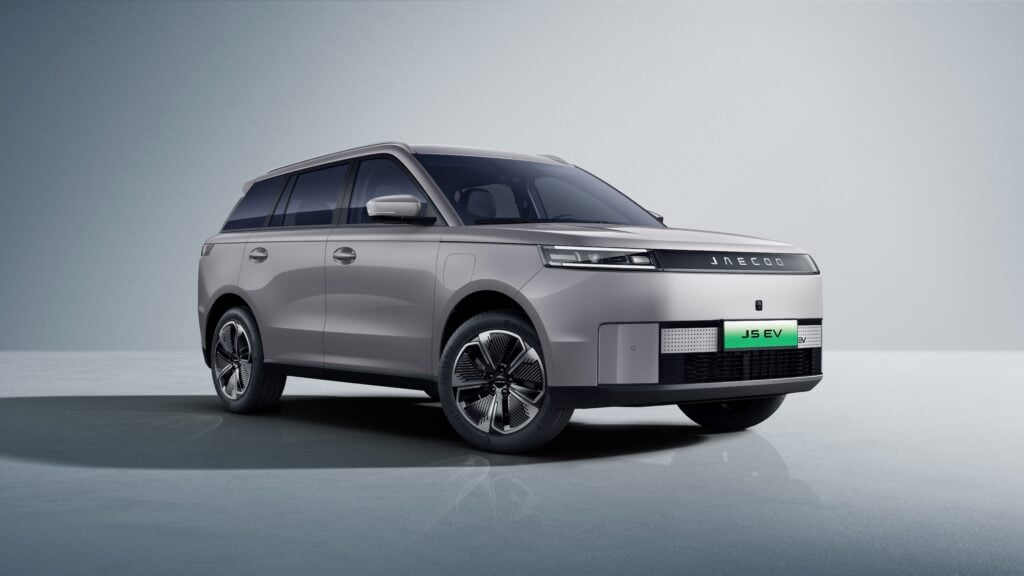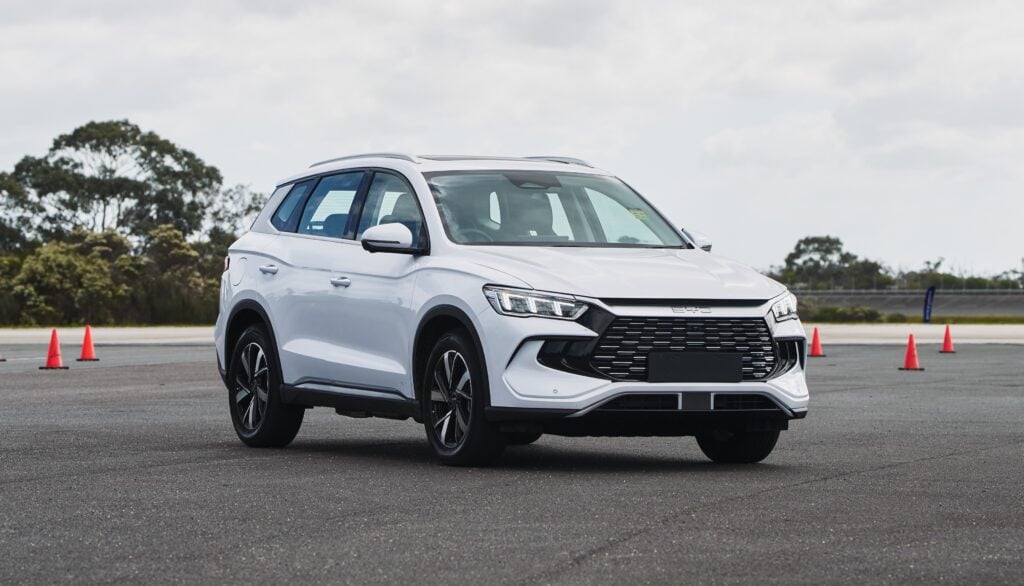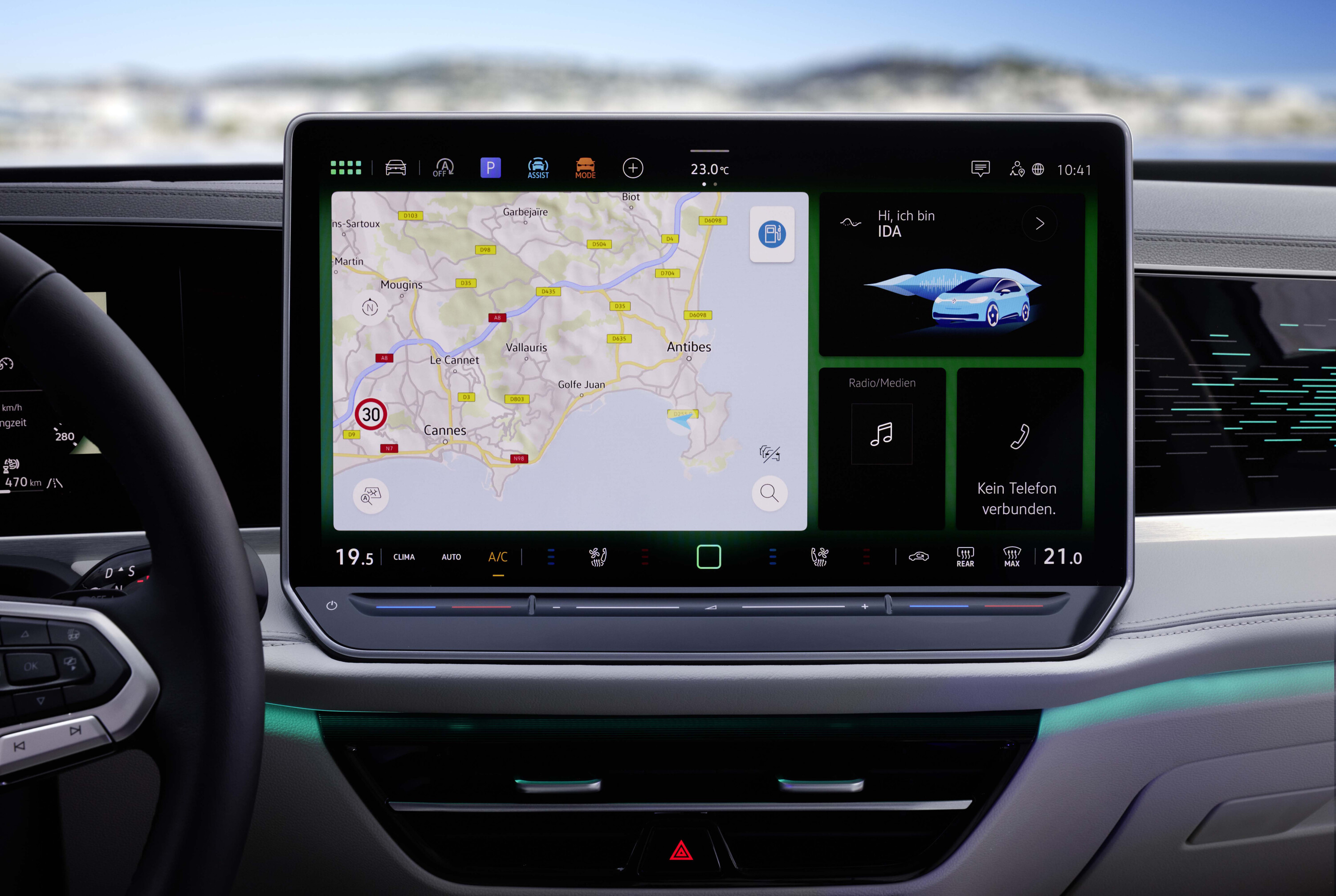
With Euro NCAP to introduce new testing rules in January 2026, car manufacturers will need to provide physical controls for functions such as indicators and wipers –rather than fiddly touchscreens – to achieve a full five-star rating.
As reported by the Times [↗], Euro NCAP [↗] plans to introduce new rules in January 2026, changing the criteria to achieve a top safety rating of five stars, a score that is widely boasted by vehicle manufacturers.
To achieve a full five-star safety rating, vehicles will require physical controls for hazard lights, indicators, windscreen wipers, SOS equipment, and the horn.
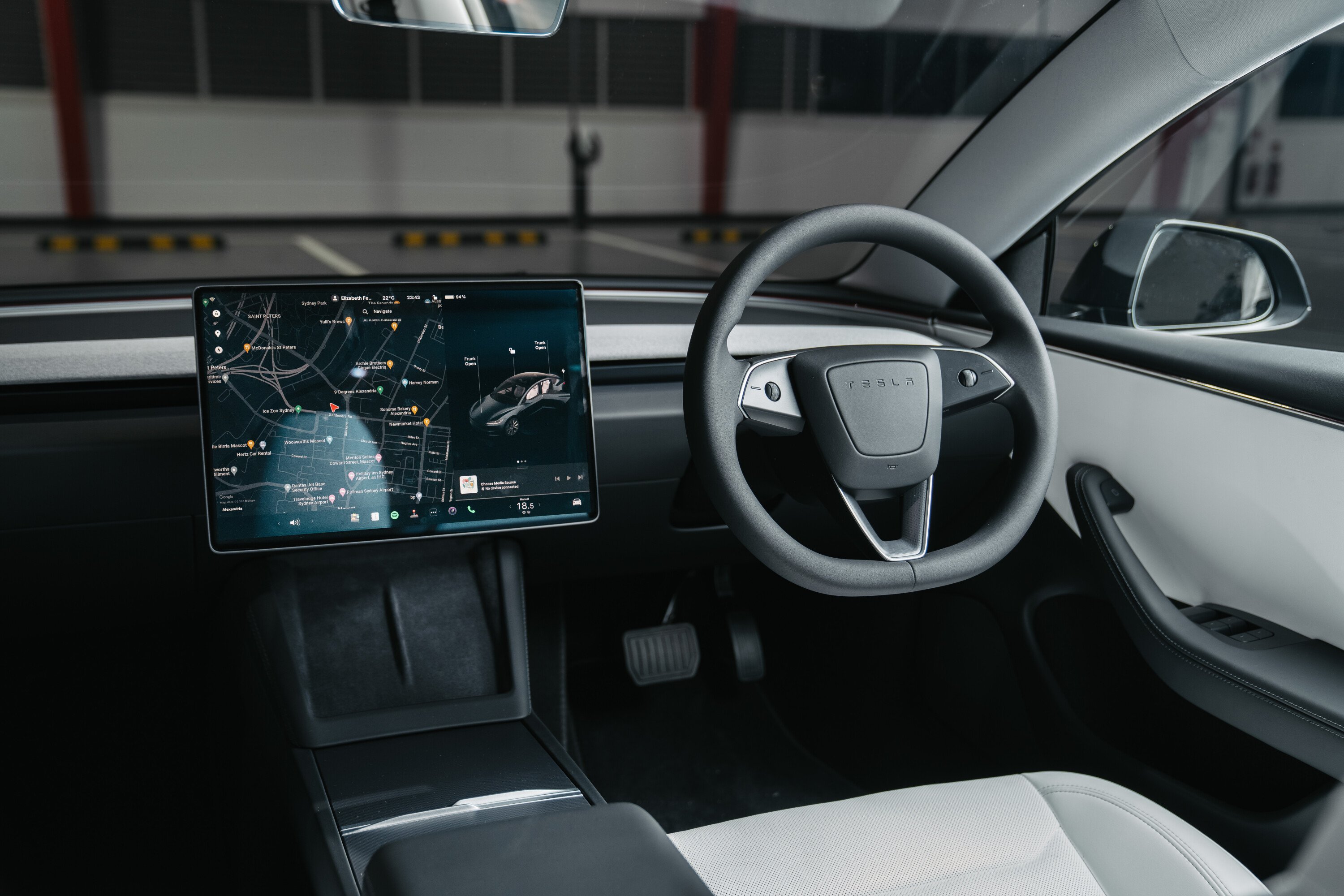
Modern vehicles have recently become littered with touchscreen displays and complicated interfaces, namely Tesla and Volkswagen models, mainly due to cost and material saving.
Matthew Avery, director of strategic development at Euro NCAP [↗], stated to the Times [↗] that “the overuse of touchscreens (in vehicles) is an industry-wide problem, with almost every vehicle-maker moving key controls onto central touchscreens, obliging drivers to take their eyes off the road and raising the risk of distraction crashes.”
While Euro NCAP testing is voluntary and the guidelines are not a legal requirement, manufacturers and buyers deeply consider the safety ratings, making these new rules prime for consideration. However, according to Matthew Avery, “… we have not yet finalised the evaluation procedure”.
Do you find touchscreens fiddly or prefer physical controls? Let us know below!
We recommend
-
 News
NewsStudy finds physical buttons in cars are safer than touch screens, and buyers agree
Switchgear superiority: Swedish study finds buttons safer than screens
-
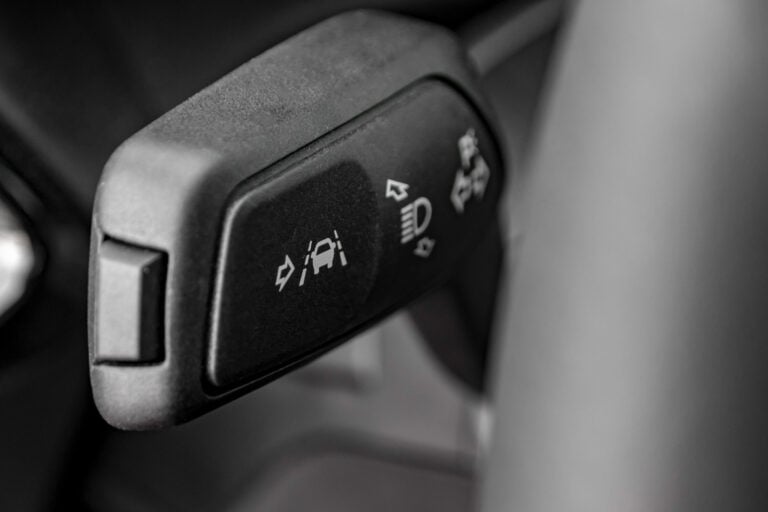 News
NewsEuro NCAP ‘upset’ carmakers did the bare minimum with lane-keep assist
The secretary general of Euro NCAP – sister organisation to ANCAP – has said many lane-keep assist systems are not "properly evaluated in the real world"
-
 News
NewsANCAP and Euro NCAP set out safety vision for 2030
Both Australasia and Europe’s peak vehicle safety testing bodies have collaborated on future protocols


